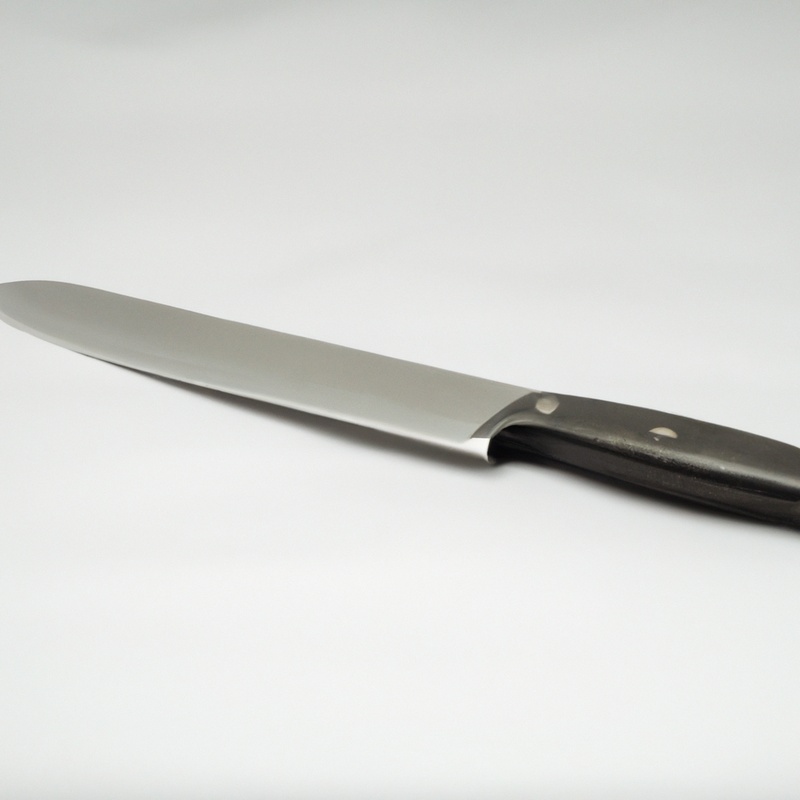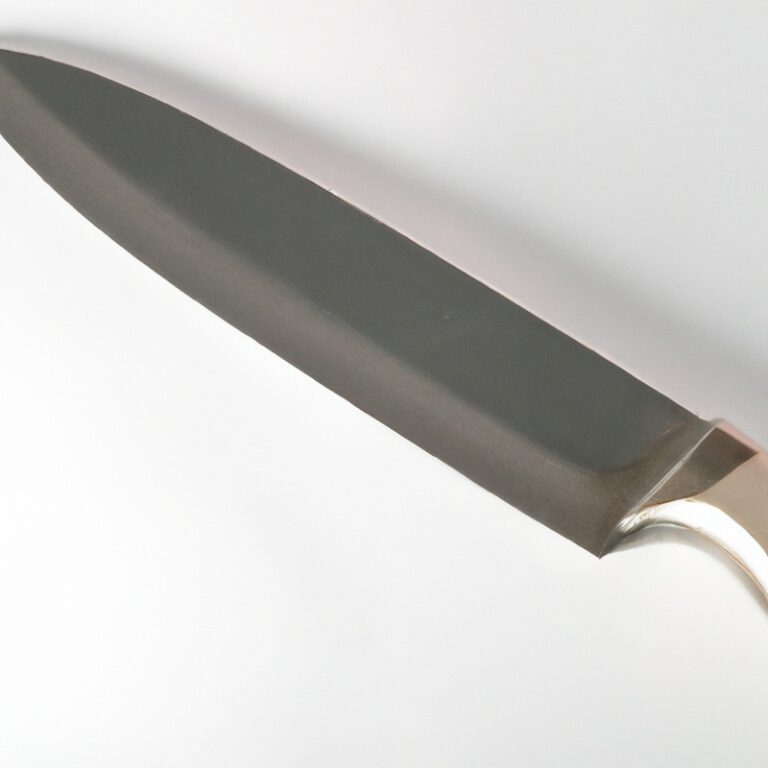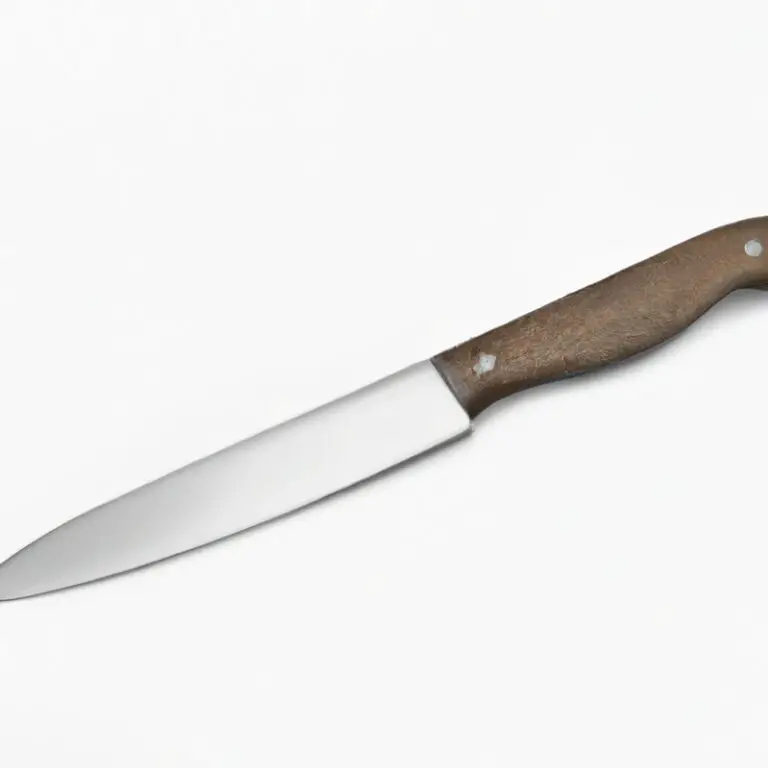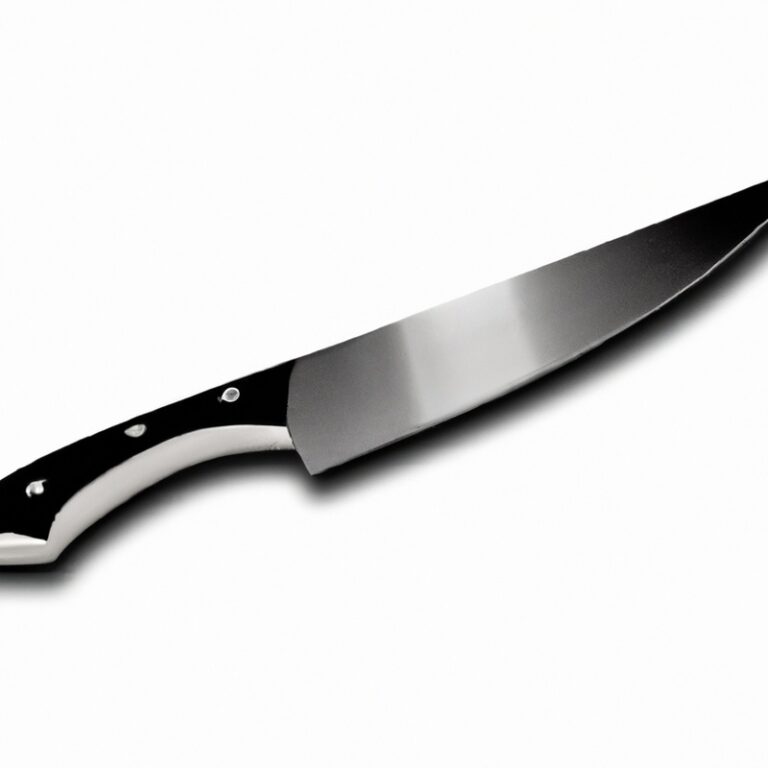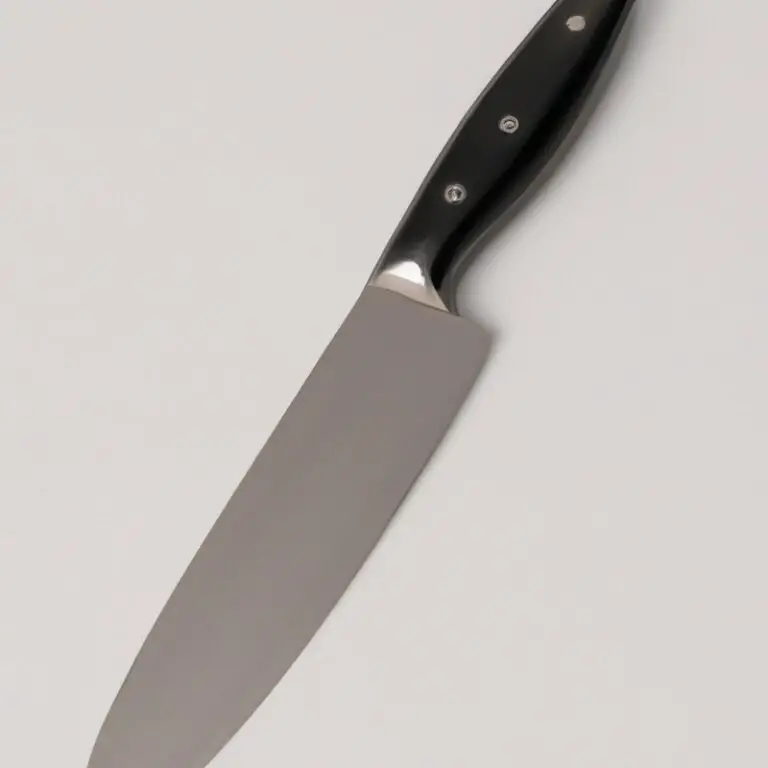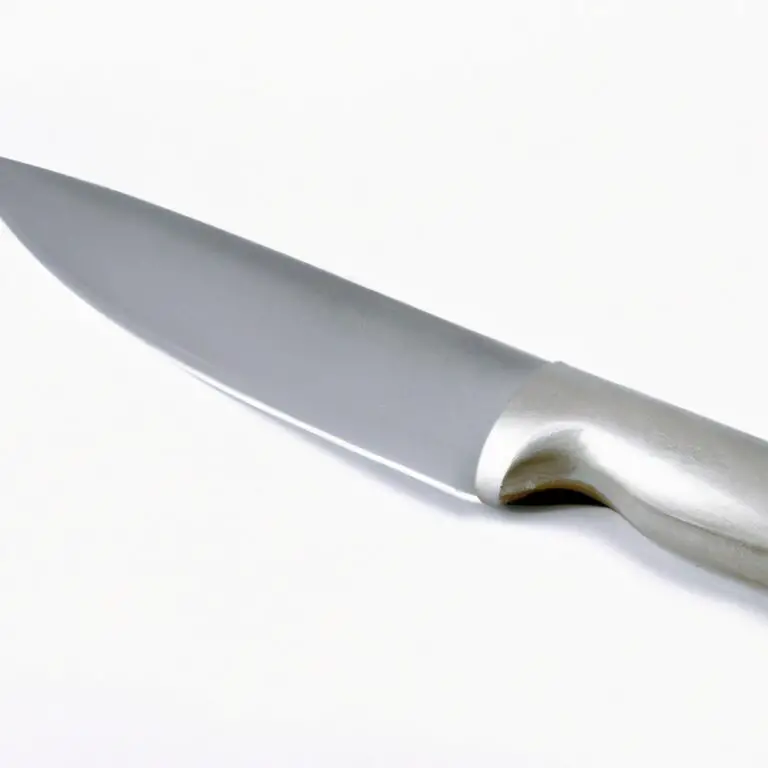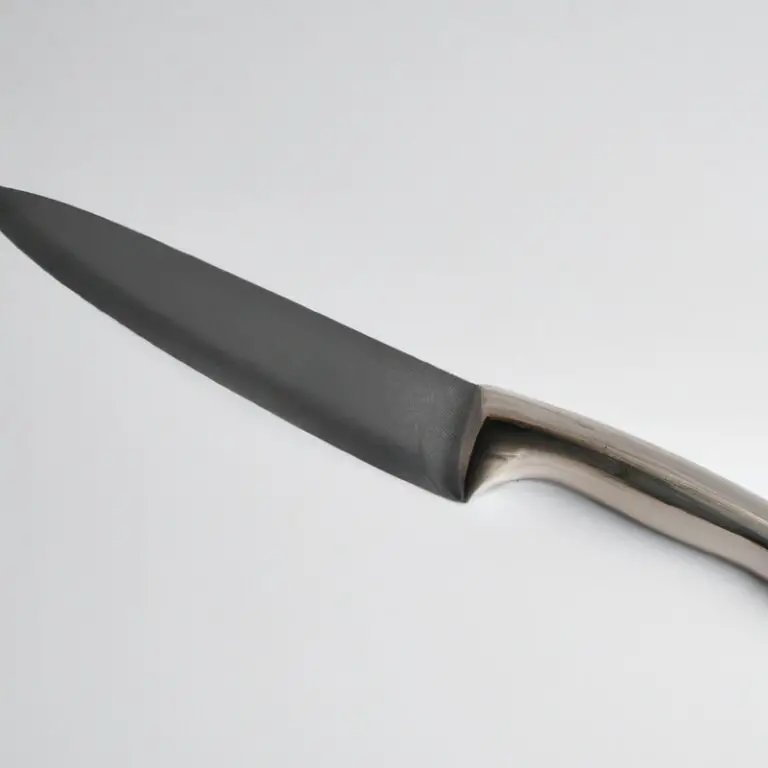How To Fillet a Kingfish Using a Fillet Knife? Easy And Quick!
Key Takeaways:
- A sharp fillet knife is essential for easily and cleanly filleting a kingfish.
- Proper technique and knowledge of fish anatomy will help you maximize yield and minimize waste.
- The right cutting board and workspace can greatly improve the filleting process.
- Practice and patience are key to mastering the art of filleting a kingfish.
Are you a seafood lover but don’t know how to fillet a kingfish? Worry not, as I’m here to provide you a step-by-step guide on how to fillet a kingfish using a fillet knife.
Preparing your workspace, choosing the right fillet knife, handling the fish for filleting, and properly storing the fillets are some of the essential steps that will help you achieve a clean and perfectly trimmed fillet.
With a little bit of patience and practice, you can master this skill and impress your friends and family with a perfectly filleted kingfish. So let’s dive in!
| Steps | Description |
|---|---|
| Step 1 | Place the kingfish on a clean cutting board and make sure it’s fully thawed if it was frozen. Locate the backbone of the fish which runs down the middle of the fish. |
| Step 2 | Using a sharp fillet knife, make an incision right from the head down to the tail along the backbone. Make sure to cut through the bones and do it slowly to avoid damaging the flesh. |
| Step 3 | With the knife edge facing the bones, slowly slide the blade through the flesh while using light pressure and gently pull the fillet back. Once you reach the rib cage, follow the contour of the rib bones. |
| Step 4 | Remove the fillet completely from the fish by cutting through where the rib cage meets the backbone. Flip the fish over and repeat on the other side. |
| Step 5 | To remove the skin, locate the thin layer of dark meat on the skin side of the fillet. Make an incision through the meat and skin, being careful not to cut too deep. |
| Step 6 | Hold the skin down with one hand and place the knife flat against the skin. Angle the knife towards the flesh slightly and, using a gentle sawing motion, slice between the flesh and skin. |
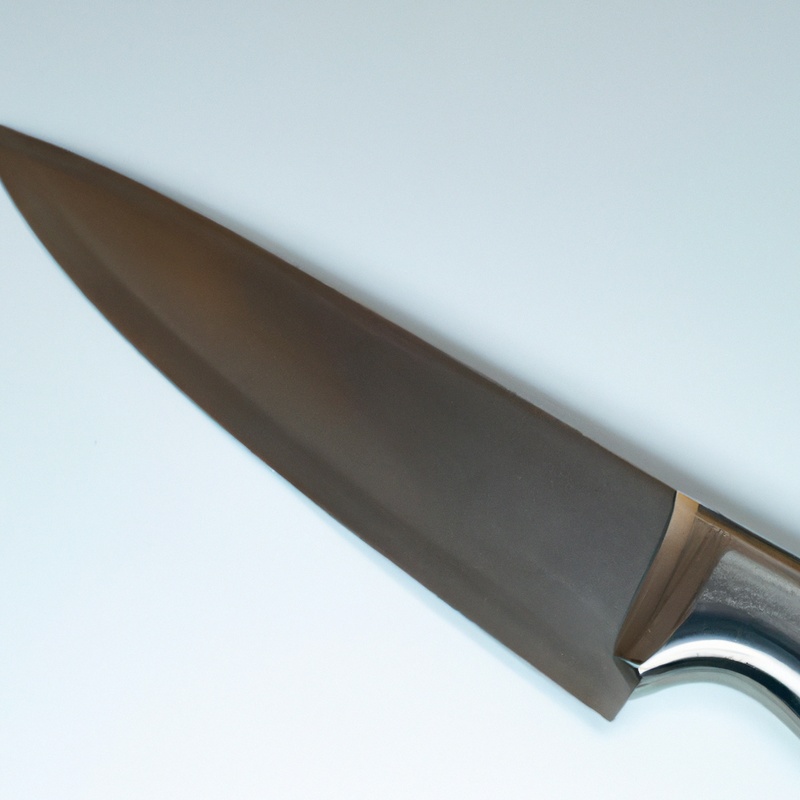
Preparing your workspace
Before filleting your kingfish, it’s important to prepare your workspace properly. A clean, organized and well-lit area will make the process easier and safer.
Here are a few tips:
- Choose a flat surface with plenty of space to work on, and make sure it’s stable and won’t move around.
- If possible, use a cutting board specifically designed for filleting fish, with a non-slip surface.
- Have paper towels or a clean cloth nearby to wipe your hands and the fish as needed.
- Keep a separate container for fish scraps to make cleanup easier.
- Make sure you have all the necessary tools within reach – your fillet knife, kitchen shears, and pliers to remove any small bones.
- Consider wearing a cut-resistant glove on your non-knife hand for added safety.
By taking the time to properly set up your workspace, you’ll be able to fillet your kingfish with more ease and accuracy, and minimize the risk of injury.
Choosing the right fillet knife
Choosing the right fillet knife is crucial to make the filleting process smooth and efficient. The ideal fillet knife should be sharp, flexible, and corrosion-resistant.
A sharp blade ensures precision and prevents ripping of the fish flesh, while a flexible blade allows the knife to follow the contours of the fish for better filleting.
Corrosion-resistant fillet knives are ideal for those who regularly fillet fish, as they are long-lasting and do not rust easily. When choosing a fillet knife, consider the blade size, as it should match the size of the fish you are filleting.
For instance, if you are filleting a smaller fish, a short blade will suffice, while a longer blade is necessary for larger fish.
Additionally, consider the handle material, as it should provide a comfortable and secure grip. Ideally, the handle should be slip-resistant to avoid any accidents and injuries.
Finally, the fillet knife should be easy to clean after filleting.
Investing in a high-quality fillet knife will make all the difference in the filleting process, allowing you to fillet with precision and ease.
Handling the kingfish for filleting
When it comes to handling a kingfish for filleting, there are a few key steps to keep in mind. First, make sure the fish is fresh and properly cleaned.
Rinse it thoroughly and pat it dry with paper towels.
Next, place the kingfish on a flat surface, such as a cutting board, with the head facing away from you. Use a sharp fish scaler or knife to remove the scales, starting at the tail and moving towards the head.
Once the scales have been removed, use a sharp fillet knife to make an incision behind the gills and down to the backbone.
Turn the knife horizontally and cut along the top of the backbone, using a sawing motion to separate the fillet from the bones. Be sure to keep the knife close to the bones to avoid wasting any meat.
Cut along the ribs to remove the fillet completely and repeat the process on the other side of the fish.
Remember to work slowly and carefully to avoid damaging the fillet or leaving any meat behind. With practice, handling a kingfish for filleting can become a quick and easy process.
Making the first cut
The first cut is the most crucial step in filleting a kingfish. Before making the cut, ensure that the fish is secured firmly on the cutting board with the head facing away from you.
Starting from the head, insert the knife through the flesh just behind the gills and cut down towards the backbone until you reach the backbone.
Turn your fillet knife and carefully run it along the backbone while removing the flesh from the rib bones. Repeat this process on the other side of the fish.
Avoid applying too much pressure to prevent damaging the flesh or breaking the bones.
With a little practice and patience, making the first cut will become easier.
Removing the rib bones
To remove the rib bones from a kingfish, use the tip of a fillet knife to gently cut along the top side of the ribcage. Be careful not to cut through the bones or flesh, as this can result in a loss of meat.
Then, use the knife to carefully slice down and under the rib bones, separating the meat from the bones.
Once the bones are removed, continue filleting the fish by cutting through the skin and removing the fillet from the other side. You can also use a pair of fish pliers or tweezers to help remove any remaining bones from the fillet.
Properly removing the rib bones ensures that your fillets are boneless and safe to eat.
Cutting through the skin
Cutting through the skin requires a steady hand to ensure a clean and even cut. Start by inserting the tip of the fillet knife at the base of the fillet, where it meets the skin.
Use the knife to guide along the skin, applying enough pressure to keep the blade close to the skin without piercing it.
Slowly work the blade down towards the cutting board and separate the flesh from the skin by moving the blade back and forth. If the skin is tough, you can use a sawing motion to help the blade through.
Be patient as rushing the process can result in wasted meat or uneven fillets.
Once the skin has been removed, you can move onto trimming the fillet to remove any remaining bones or unwanted parts before properly storing the fillets for later use.
Removing the fillet from the skin
To remove the fillet from the skin, lay the fillet skin-side down on the cutting surface. Using a sharp fillet knife, slice through the flesh near the tail, cutting towards the skin.
Keeping the blade angled slightly upwards, cut along the length of the fillet while keeping the knife edge in contact with the skin.
Work slowly and carefully, using a sawing motion to separate the flesh from the skin. Once the fillet is detached from the skin, remove any remaining bones or pieces of skin.
Repeat the process for the other side of the fish.
And that’s it – you have removed the fillet from the skin!
Trimming the fillet
Trimming the fillet is the final step in filleting a kingfish. It involves removing any remaining bones, skin, or fat from the fillet.
To do this, use a sharp fillet knife to carefully cut away any uneven edges and remove the dark meat.
Check the fillet for any small bones that may have been missed earlier, and remove them with tweezers or pliers. Once the fillet is cleaned, rinse it under running water and pat it dry with a paper towel.
Trimmed fillets are ready to be stored in the refrigerator, frozen, or prepared for your next meal.
Repeating the process for the other side of the fish
Once you have filleted one side of the fish, it’s time to repeat the process for the other side. Flip the fish over and start by making an incision behind the head, following the spine down to the tail.
Run your knife along the rib bones, making sure you keep the blade angled towards the spine.
Lift the fillet and cut through the skin, separating it from the flesh. Again, be careful not to cut through the bones.
Remove the fillet from the skin and trim it as desired.
Repeat the same process on the remaining side of the fish. Be patient, take your time and pay close attention to the bone structure.
With practice, you will become more skilled and efficient in filleting a kingfish using a fillet knife.
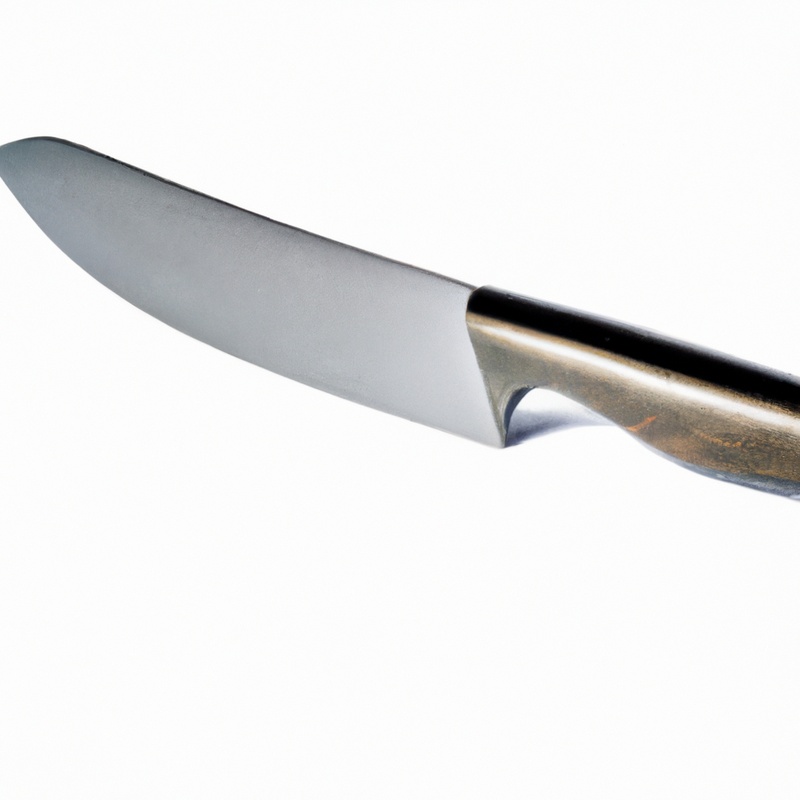
Properly storing the fillets for later use
After filleting the kingfish, it is important to properly store the fillets to maintain their quality and freshness for later use. Here are some tips for storing kingfish fillets:
- Rinse and pat dry the fillets: Before storing the fillets, rinse them with cold water and pat them dry with paper towels. This helps remove any remaining scales, debris, and moisture on the fillets that could cause spoilage.
- Wrap the fillets in plastic wrap or vacuum-sealed bags: To prevent the fillets from getting exposed to air, wrap them tightly in plastic wrap or vacuum-sealed bags. This will also prevent freezer burn and keep the fish fresh for longer.
- Label and date the packaging: Always label and date the packaging to keep track of the storage time. It is recommended to consume frozen kingfish fillets within two to three months.
- Store in the freezer: Place the wrapped fillets in the freezer, making sure that they are stored in a flat position to prevent them from getting crushed.
By following these guidelines, you can ensure that your kingfish fillets remain fresh and of high quality for future use.
Final Verdict
Filleting a kingfish is a skill that can be learned with practice and the right tools. By preparing your workspace, choosing the right fillet knife, and carefully handling the fish, you can create beautiful and delicious fillets.
Remember to make the first cut correctly, remove the rib bones, and cut through the skin to remove the fillet.
Trimming the fillet and repeating the process for the other side of the fish will give you perfectly filleted pieces. Finally, storing the fillets properly ensures their quality for future use.
By following these steps, you can become adept at filleting kingfish and confidently prepare it for yourself and others.
With the knowledge and techniques presented here, you can trust that you are equipped to handle the task at hand and become a skilled master of filleting kingfish.

